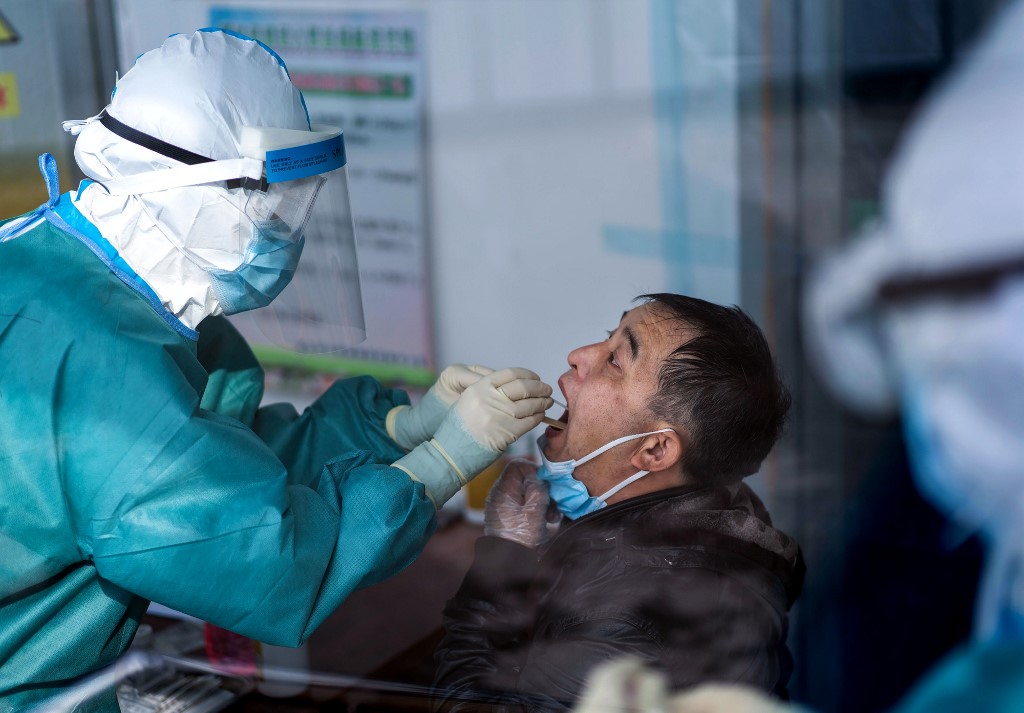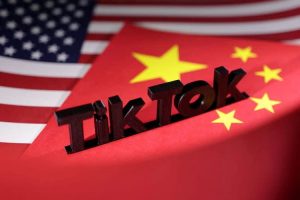(ATF) China will issue a third batch of special government bonds to fund measures to control the coronavirus amid efforts to balance epidemic control with economic and social development, the Ministry of Finance announced.
It will tender 70 billion yuan ($9.9 billion) of 10-year fixed-rate bonds on June 23, ready for trading on June 30, according to a statement on the ministry’s website.
On Monday, the ministry announced the issuance of the first two batches of special government bonds, including 50 billion yuan of five-year securities and 50 billion yuan of seven-year debt. Both issues will be listed and traded on June 23.
The increase in virus-fighting funds comes as parts of Beijing have been returned to containment measures after more than 100 new infections were detected.
China plans to run a fiscal deficit above 3.6% of GDP to fund recovery stimulus this year, including one trillion yuan of government bonds for Covid-19 control.
Morgan Stanley said: “With the interbank rate largely normalised, we expect the PBoC to ensure smooth issuance of government bonds in coming months. The Ministry of Finance confirmed issuance of special treasury bonds (STB) from this Thursday – 100 billion yuan of STB will be auctioned on June 18, kicking off a planned 1 trillion RMB/yuan issuance this year.
“According to Reuters, the government plans to complete the annual STB issuance by end-July. Therefore, we maintain our estimate that there would be 4 trillion yuan net government bond financing in June to September, with STB taking the lead in the next six weeks. This could lift total social financing (TSF) growth by 70 basis points in these four months, assuming no change in other variables.
“We think policymakers will likely take measures to sustain the trend of TSF, as the Government Work Report stated that both M2 (money supply) and TSF should be ‘significantly higher’ than last year. The recent interbank liquidity tightening is more of a normalisation from an unconventional low interbank rate in March/April to reduce arbitrage risks in the financial system, rather than a pivot towards credit tightening.
“If the interbank liquidity conditions weigh on new government bond issuance, the PBoC will conduct more MLF injection and/or a reserve-requirement-ratio cut in the coming months to accommodate bond supply.”
Five provinces hit by outbreak
Meanwhile, health commissions in five provinces – Zhejiang, Hebei, Sichuan, Shandong and Liaoning – have all reported cases related to the current coronavirus outbreak in Beijing.
Zhejiang Health and its Health Commission have said they are tracing cases in Wenling City and Taizhou City, while Sichuan Health and its Health Commission have said they have new cases in Shimian County in Ya’an City.
Liaoning Health and its Health Commission said Shenyang City is affected. But officials in Hebei and Shandong provinces gave no further details.
Authorities in Beijing announced that the city was on a “war footing” and had now closed nine districts, including city centre areas, and has set up a “blockade” around high-risk areas.
Beijing Municipal officials told a press conference on Tuesday evening (June 16) that the outbreak was initially determined to have been caused by interpersonal transmissions or environmental pollution of objects, China News Agency reported.
Communities in high-risk streets would be fully enclosed and controlled. Chinese TV footage showed mass testing taking place on sports fields in the capital.
On June 11, Beijing authorities said the outbreak in the capital ended its record of no new cases for more than 50 consecutive days, although the city does not count what it calls “imported cases” of citizens who returned from other areas.
The trajectory of the outbreak ran from May 31 to June 10 and showed it had reached the Xinfadi wholesale market. And subsequently, new cases of people with the coronavirus appeared.
‘Yellow wind’
Xinfadi Wholesale Market is in Fengtai district and is one of Beijing’s largest markets. Meanwhile, the capital has also been suffering “yellow wind” – an annual sandstorm, which means conditions were ripe for a spread of Covid-19.
According to the State Council’s ‘National Risk-Level Inquiry System’, as of June 16, Beijing had one high-risk area and 27 medium-risk areas. Huatai township in Fengtai district had allegedly become the only high-risk area in the country, while nine other townships in Fengtai were rated as medium-risk areas.
The emergency response level was raised from three to two, meaning Beijing will take the most determined, decisive and strict measures.
At the same time, the relevant personnel in the high-risk streets and new markets are prohibited from leaving Beijing. Others insist on “unnecessary not leaving Beijing”. Those who wish to leave Beijing must produce a negative nucleic acid test done within the last seven days.
However, officials said that there was no need for people to stop work or production yet.
Beijing will stop the opening of cross-provincial, regional, and group tourism services within its territory but work-related transport is still allowed to proceed, including inter-provincial transport.
With additional reporting by Umesh Desai and Chris Gill
























